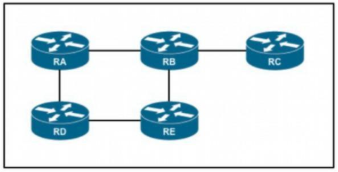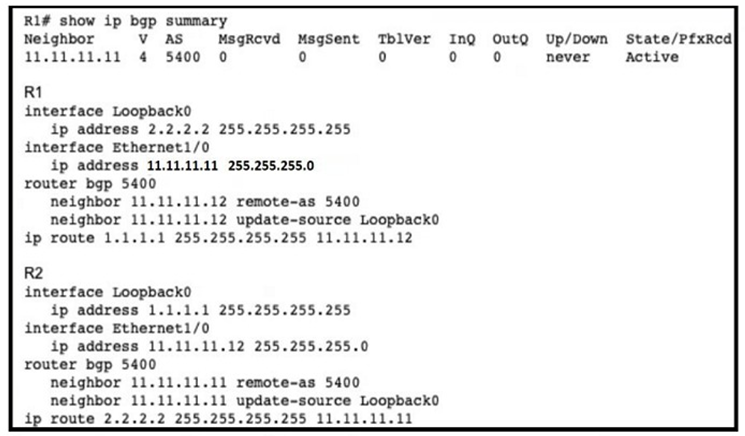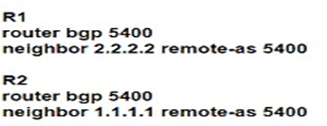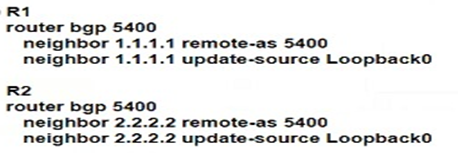Cisco 350-501 - Implementing and Operating Cisco Service Provider Network Core Technologies (350-501 SPCOR)
Refer to the exhibit.

If RC is a stub router, which entry must be injected so that it will send traffic outside the OSPF domain?
What does DWDM use to combine multiple optical signals?
What is the role of NFVI?
A network engineer is implementing NetFlow to observe traffic patterns on the network. The engineer is planning to review the patterns to help plan future strategies for monitoring and preventing congestion as the network grows. If the captures must include BGP next-hop flows, which configuration must the engineer apply to the router?

Refer to the exhibit BGP is running in the core of the service provider to exchange routes for its customers, and OSPF serves as the PE-CE routing protocol. The service provider s existing customer at CE1 is opening a new office in a different geographical location connected via CE2. A network engineer must update the BGP implementation so that PE1 and PE2 will share routes and provide communication between CE1 and CE2 Which action must the engineer take?
Refer to the exhibit.

Router R1 is reporting that its BGP neighbor adjacency to router R2 is down, but its state is Active as shown. Which configuration must be applied to routers R1 and R2 to fix the problem?
A)

B)

C)

D)

What is a feature of mVPN?
Refer to the exhibit:

Which condition must be met by the OSPF peer of router R1 before the two devices can establish communication?
Refer to the exhibit.

An engineer is configuring multitiopology IS-IS for IPv6 on router R1. Which additional configuration must be applied to complete the task?
A)

B)

C)

D)

After implement MPLS protocol for multiple VRFs on a single Cisco device, the engineer notices all VRFs on the router still do to not LDP session protection feature enabled. Which configuration must the engineer apply to enable the LDP session protection feature FOR LDP neighbors within each VRF?



